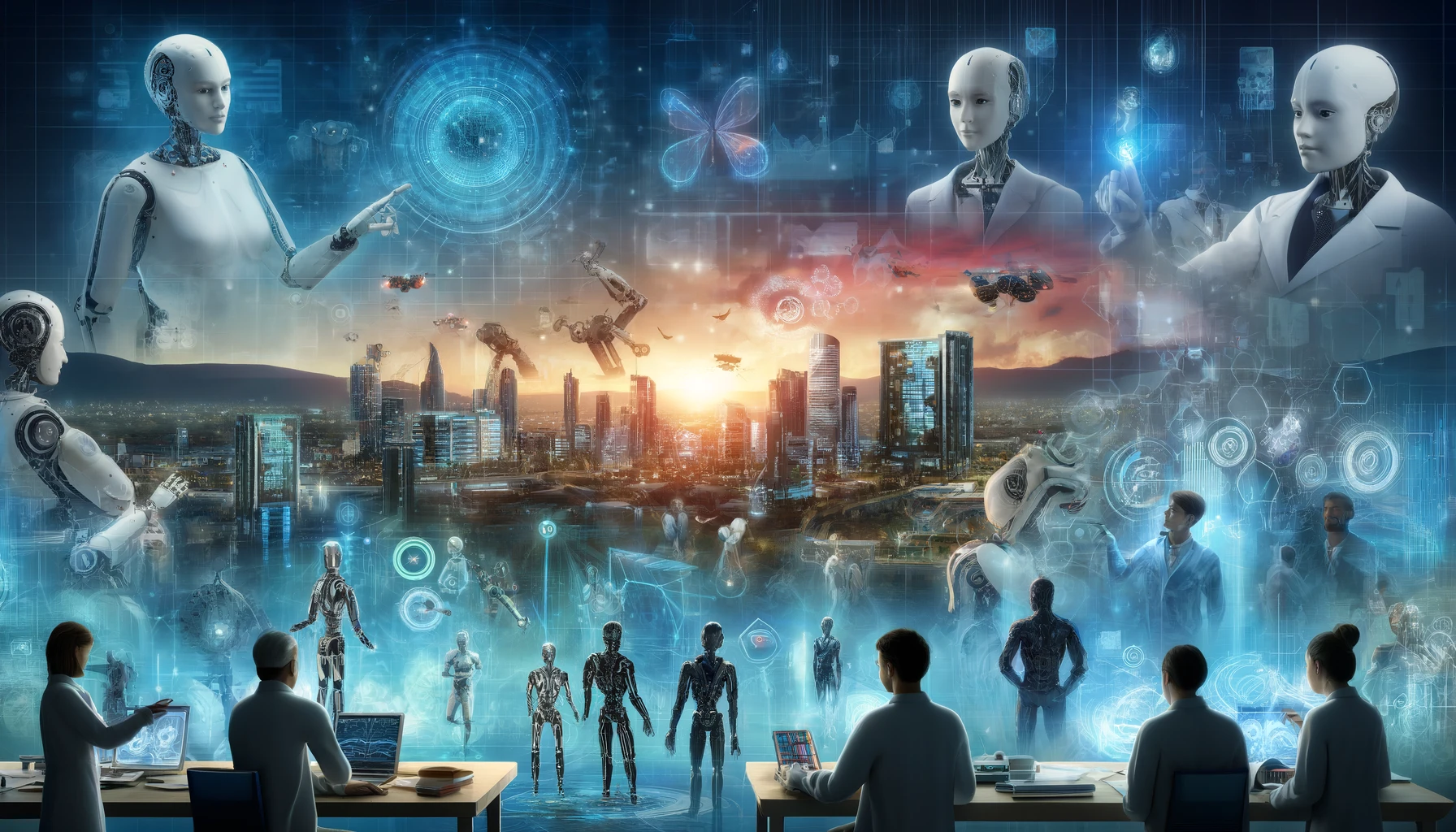Key Points
1. Future AGI could demonstrate potential in enhancing theory of mind and social reasoning, emphasizing the need for understanding others' mental states for nuanced social interactions. AGIs may incorporate multi-modal input and advanced reasoning to model others' beliefs, intentions, and actions more effectively.
2. AGIs have the potential to achieve genuine self-awareness and consciousness, raising philosophical and ethical questions about the integration of metacognition, introspection, and self-perception capabilities. The uncertainty remains about whether AI could achieve human-like consciousness, blurring the lines between artificial and biological intelligence.
3. AGI systems should focus on potential for autonomous self-evolution and open-ended learning driven by curiosity and intrinsic motivation, which could lead to rapid self-improvement, goal-setting, and innovation surpassing human intelligence in certain areas.
4. AGI metacognition necessitates substantial research and development to close capability gaps, while presenting profound questions about consciousness, intelligence, ethics, and the implications of creating potentially superior beings.
5. AGI interface into the digital world allows agents to interact with digital environments such as the Internet, databases, and code, enhancing their capabilities and addressing inherent limitations through specialized tools and advanced reasoning capabilities.
6. Current state of AI interface to digital world involves agents utilizing various APIs to navigate the web, search for information, and construct personalized knowledge bases, driving the development of more advanced AI systems particularly in natural language processing and reasoning capabilities.
7. AGI-level Interfaces to the Physical World include robotic control, navigation, and interaction, where recent advancements have demonstrated potential for robots to interpret and execute complex, high-level instructions through natural language and enable effective navigation and interaction with the environment.
8. Integrating large language models into embodied AI represents a vital step towards AGI, enabling robots to understand and execute complex instructions, navigate environments, and manipulate objects, creating more seamless interfaces between AI systems and the physical world.
9. Current state of AI interface to humans involves designing interfaces to support user tasks based on textual or visual interactions, lowering the "threshold" while raising the “ceiling” in terms of the quality and the diversity of user tasks, focusing on augmenting (rather than replacing) human intelligence with artificial intelligence.
Summary
Evolution of Artificial Intelligence and AGI
The paper "How Far Are We From AGI?" addresses the evolution of artificial intelligence (AI) and the pivotal movement towards achieving Artificial General Intelligence (AGI). It explores AGI's definitions, goals, and developmental trajectories, as well as the requisite capability frameworks, alignment technologies, responsible approaches, and AGI's impact in various domains.
The paper delves into AGI's internal, interface, and system dimensions, emphasizing the importance of AGI alignment technologies and responsible approaches. It outlines existing challenges and potential pathways towards AGI in multiple domains. The paper also discusses the current state and future trajectory of AGI, aiming to foster a collective comprehension and catalyze broader public discussions among researchers and practitioners on AGI.
The evolution of AI has profoundly impacted human society, driving significant advancements in multiple sectors. However, the limitations of AI's current offerings have catalyzed a movement towards AGI. AGI is distinguished by its ability to execute diverse real-world tasks with efficiency and effectiveness comparable to human intelligence, reflecting a paramount milestone in AI evolution.
Reference: https://arxiv.org/abs/2405.103...
